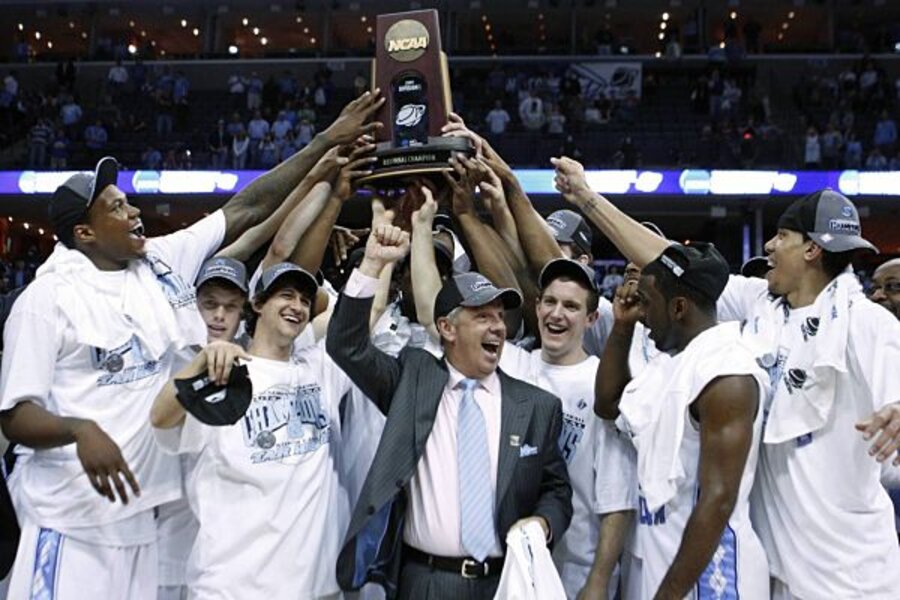NCAA basketball tournament teams don’t generate profits
Loading...
In an article today on CNN.com, the normally quite sharp Chris Isidore, a senior writer for CNNMoney, perpetuates one of the most enduring myths in sports economics: that college sports teams generate significant profits for their host institutions.
The article shows the individual revenues, expenses, profits, and margins for essentially all NCAA Division I men's basketball teams and finds that across the 340+ D1 institutions in the country, basketball made a profit of nearly $280 million last year.
As noted by Isidore, "it's clear that men's basketball is a major source of funding for many colleges, and that profits are still far more common than losses for the major teams in March Madness."
It's a nice story. It's also 100% wrong.
Let's just take a look at two schools, my own Holy Cross and big-time power North Carolina to highlight the flaws. According to the article, the Holy Cross basketball team racked up $1,549,329 in expenses while generating an identical amount in revenue and therefore exactly broke even.
Nearly a third of the schools on the list show exactly zero in profits as well. A quick look at the source data, however, shows that about $1 million of the supposed revenue for the team came from direct institutional support. The team didn't break even. It lost about $1 million.
Large numbers of D1 basketball programs include direct and indirect insitutional support, direct government support, or student fees as part of basketball "revenues". In fact, these are simply tranfers from students, taxpayers, and other parts of the college that disguise losses in the basketball program and athletics in general.
But what about a powerhouse like North Carolina? While Holy Cross sells, perhaps, $100,000 in tickets per year, UNC boasts basketball revenues of nearly $20 million, and this money comes from hard sources like ticket sales, NCAA and conference distributions, and media rights.
While the most current year's data from the Department of Education is not broken down into great detail, older data from the IndyStar shows no shenanigans on the revenue side at UNC. Costs, however, are another matter. Nearly half of all the Tarheels' athletic expenses are not allocated to any individual team, but instead expensed to the athletic department as a whole.
The older IndyStar data shows that the University allocated exactly zero dollars in expenses to the basketball team for things like medical trainers, facilities and maintenence, promotion, or indirect institutional support. It's pretty easy to have a profitable basketball team when all of your revenues count towards the bottom line but many of your expenses don't.
Sometimes it is worth presenting the best information you have even though it's not perfect, i.e. something is better than nothing. Other times the information is so flawed that it less than worthless, verging on the harmful. This is one of those cases, and CNN should know better.
IN PICTURES: March Madness mascots
Add/view comments on this post.
------------------------------
The Christian Science Monitor has assembled a diverse group of the best economy-related bloggers out there. Our guest bloggers are not employed or directed by the Monitor and the views expressed are the bloggers' own, as is responsibility for the content of their blogs. To contact us about a blogger, click here. To add or view a comment on a guest blog, please go to the blogger's own site by clicking on the link above.





